Affiliate disclosure: This post may contain affiliate links. Please see our Privacy Policy.
Chives are an easy-to-grow herb that adds color to your garden and fresh flavor to your table. The pollinators love their bright purple flowers too!
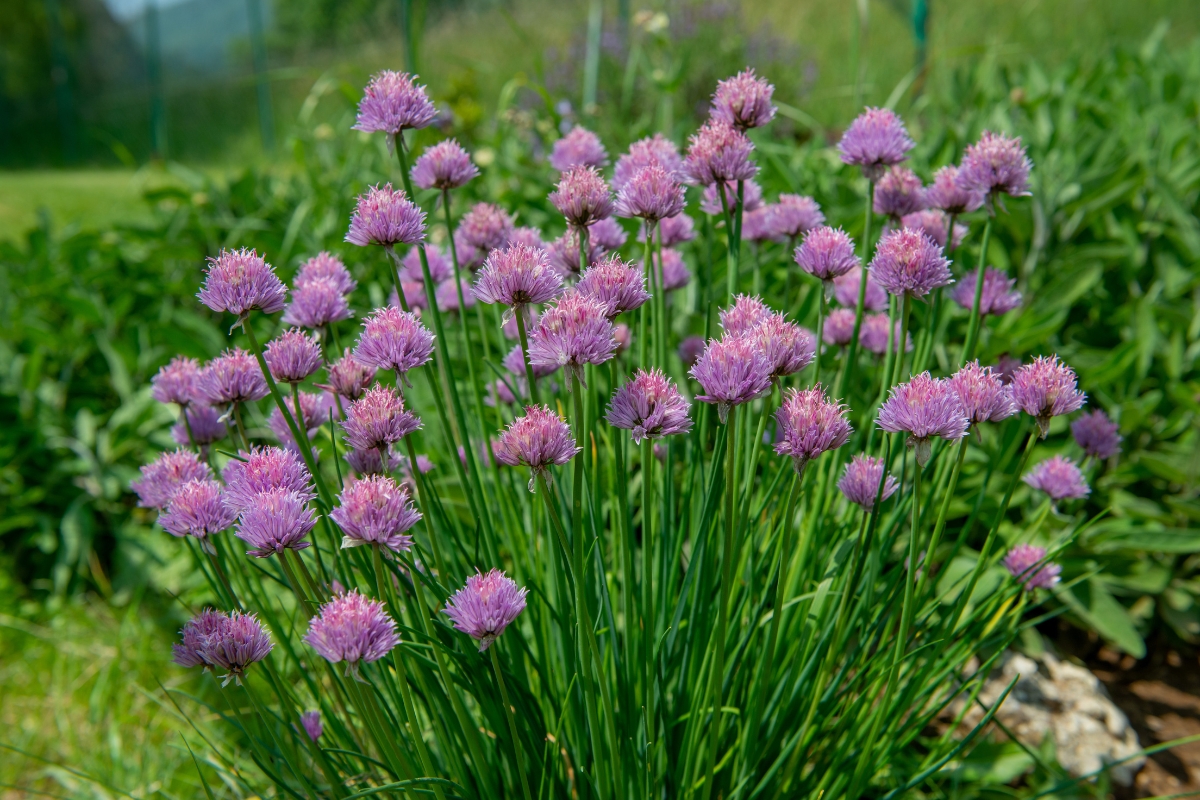
Chives are a staple in our garden here on the homestead, easily found growing alongside our other herbs, spilling over the edges of raised beds, and brightening up both the garden and kitchen with their vivid green tops. They’re one of the first herbs to emerge in the spring and one of the last to fade in fall, making them a welcome addition throughout the growing season.
Even if I never used them in my cooking, I’d still grow chives. Not only are they incredibly easy to grow, but they also provide year-round color to the garden. Their pale purple flowers are a magnet for pollinators, attracting bees and butterflies, which in turn helps my entire garden thrive. Chives are also excellent for planting alongside other vegetables to help with companion planting, as their mild onion scent can deter pests like aphids and carrot flies.
Chives can be a beautiful and functional border plant or edging herb in your garden, forming neat clumps with their upright, grass-like leaves. They’re perfect for smaller spaces, growing in containers, or even squeezed into gaps between other plants.
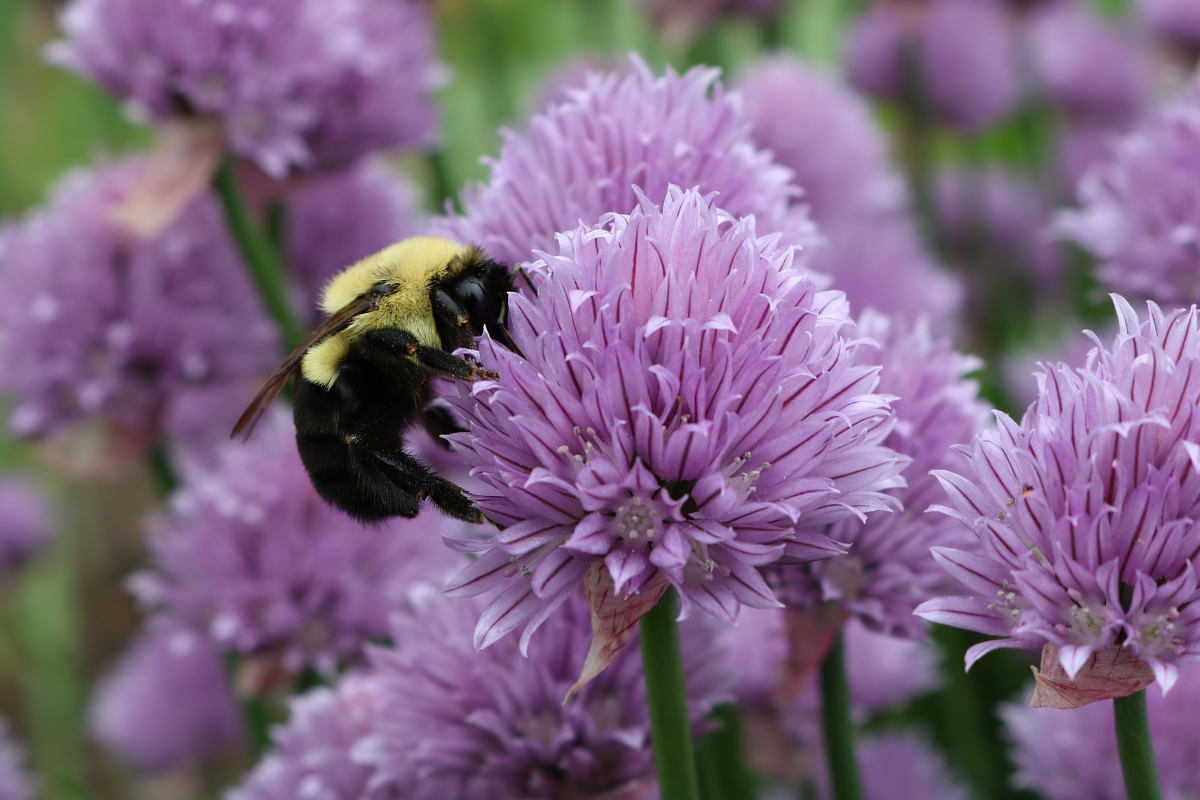
Choosing the Right Chive Variety
There are a few types of chives to consider, with common chives (Allium schoenoprasum) being the most popular for culinary use. You might also encounter garlic chives (Allium tuberosum), which have a distinct garlic flavor and are excellent for making a flavorful addition to stir-fries, salads, and sauces. Both varieties have similar growing needs, but garlic chives have slightly larger, flatter leaves and a white bloom compared to the purple flowers of the standard chives.
Before planting, decide which variety suits your cooking needs. Garlic chives are perfect if you’re looking for a more robust garlic flavor, while common chives work well for milder, onion-based dishes. Both are easy to grow, and their care requirements are virtually identical.
How to Grow Chives
Chives are an incredibly easy-to-grow herb, requiring little maintenance and thriving in most garden settings. Whether you’re planting in the ground, in containers, or in raised beds, chives will flourish with minimal effort.
Planting from Seeds is a great option if you’re starting fresh. It’s best to begin chive seeds indoors about 6–8 weeks before the last expected frost. Chive seeds are tiny, so lightly press them into the soil and cover them with a thin layer of soil. After the danger of frost has passed, you can transplant the seedlings into your garden or container. Alternatively, you can sow the seeds directly outdoors in the spring once the soil has warmed.
In later years, the chive shoots will come up right through the snow in very early spring, but this first year, they need a bit more warmth to germinate.
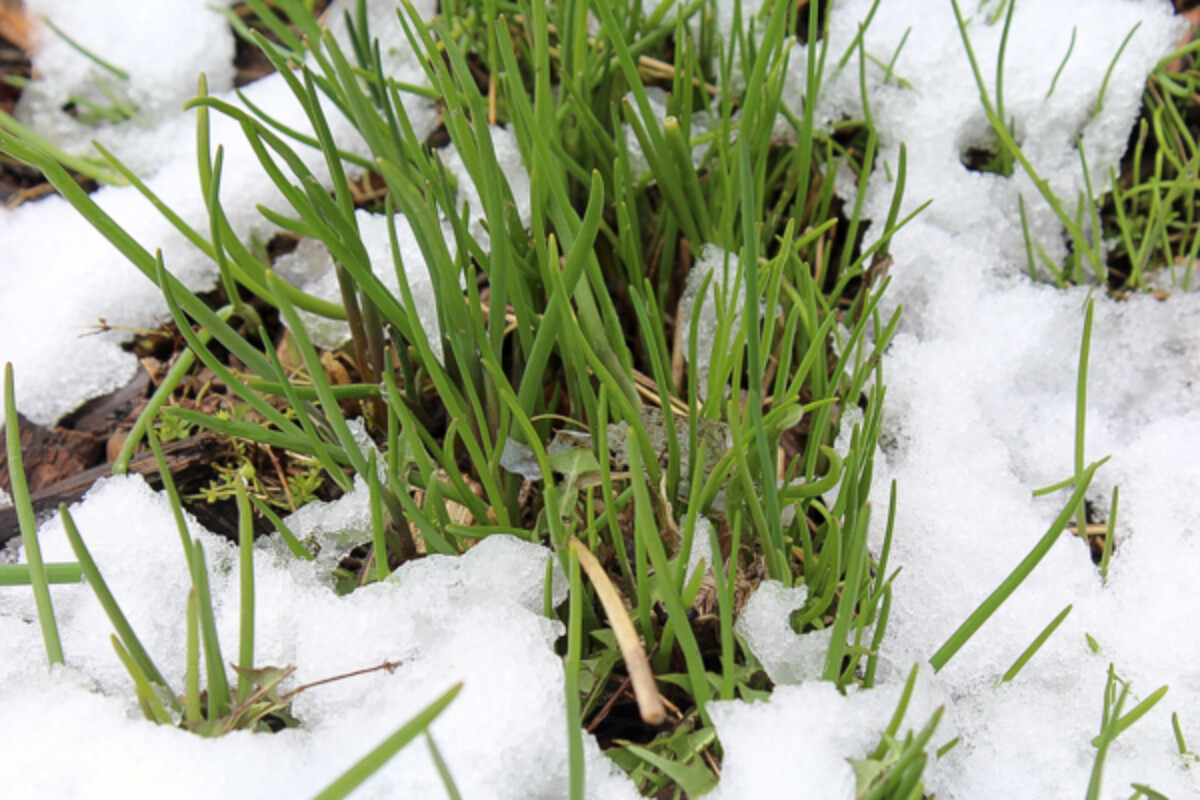
Planting from Divisions is another popular way to grow chives, and it’s especially useful if you already have an established chive plant. Simply divide the clump of chives into smaller sections and transplant them into your garden. Each division will develop into a new, thriving plant.
Growing Chives from Cuttings is a lesser-known but effective method. To propagate chives by cutting, snip a healthy section of a chive plant, ensuring the cut is made below the roots. Place the cutting in a glass of water, changing the water regularly, and you should see roots begin to form within 1–2 weeks. Once the roots are established, plant them into well-drained soil.
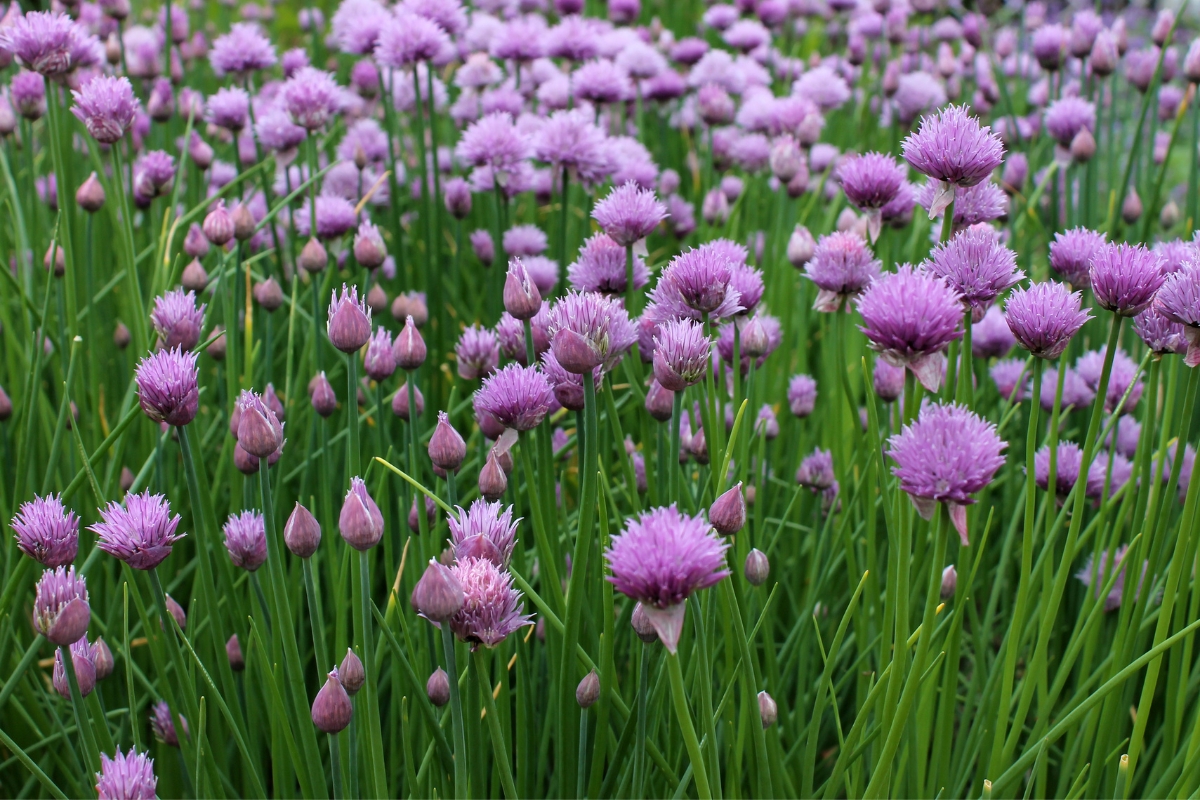
Where to Plant Chives
Chives thrive in full sun or partial shade. They do best with at least 6 hours of sunlight per day, although they will tolerate a little less light if grown in a cooler climate or container. A south-facing garden bed or windowsill will work wonders, but chives can adapt to different locations as long as they get enough light.
Soil type is key for healthy chives, and they prefer well-draining, slightly acidic to neutral soil. Chives don’t like to sit in water, so it’s important to make sure your soil drains well. If your garden soil is heavy or clay-based, improve it by mixing in organic matter or sand. Chives are also well-suited for containers, where a well-draining potting mix will provide the right conditions.
Although chives can grow in small spaces, it’s important to give them enough room to thrive. If planting in the ground, space plants 6–12 inches apart. This allows each plant enough room to grow and keeps the foliage from overcrowding. If planting in containers, choose a pot that’s at least 6 inches deep with adequate drainage holes.
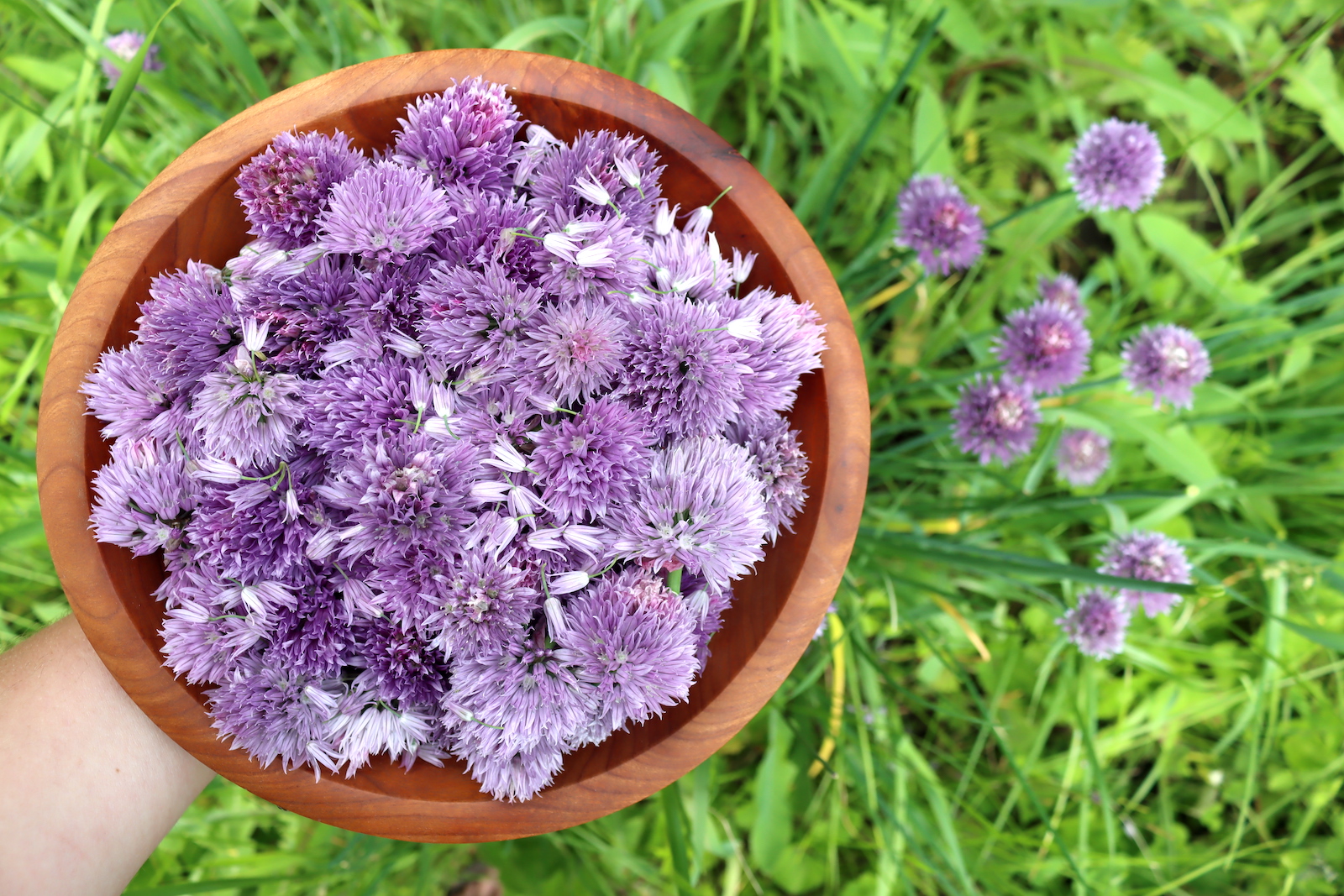
Caring for Chive Plants
Chives are incredibly low-maintenance but do require a little care to thrive. With proper watering, fertilizing, and occasional division, your chives will keep producing all season long.
Watering is one of the most important factors for chive health. Chives prefer even moisture, but they don’t like being waterlogged. Be sure to water consistently, allowing the soil to dry slightly between waterings. Over-watering or allowing the plant to sit in standing water can lead to root rot.
Fertilizing chives is generally unnecessary unless the soil is poor. If you have nutrient-deficient soil, you can use a balanced, slow-release fertilizer in early spring, just as the plants start to grow. Avoid over-fertilizing, as this can result in weak, spindly growth. Organic matter like compost can also be added to improve soil fertility.
Pruning chives is simple. Simply snip the leaves down to about an inch above the ground to encourage fresh growth. Regular cutting encourages a fuller plant and helps prevent legginess. As chives grow, they may form clumps, so you can divide the plant every couple of years to keep it healthy and productive.

Harvesting Chives
The best time to harvest chives is in the early morning, just after the dew has dried but before the heat of the day sets in. This is when the flavor of the leaves is most concentrated. Simply snip the leaves with scissors or a sharp knife, cutting about 2–3 inches above the ground. The more often you harvest, the more your plant will produce, so don’t hesitate to take as much as you need.
The blossoms make lovely additions to salads, and we love them in homemade herbal vinegars, either alone or in combination with other herbs. Chive blossom vinegar takes on a wonderful pink color and a spicy garlic flavor.
If you want to preserve your chives, they can be dried or frozen for later use. To dry them, simply hang them upside down in a cool, dry place for about a week. Once dried, store them in an airtight container. Alternatively, you can freeze chives by chopping them and placing them in a sealed bag or container in the freezer. They retain their flavor well when frozen and can be added straight to dishes without thawing.
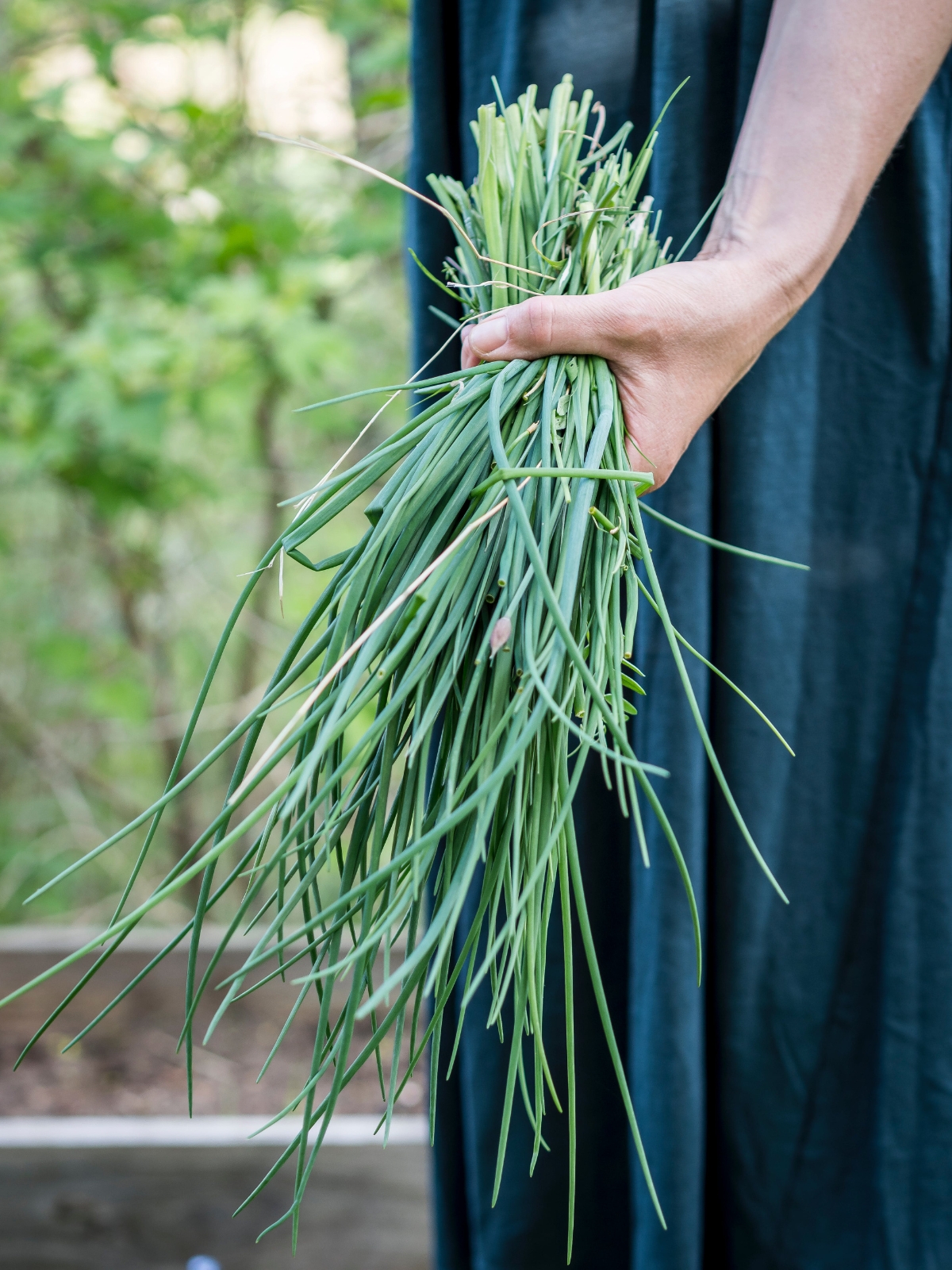
Common Pests and Problems
Chives are relatively pest-resistant, but a few issues can occasionally arise.
- Aphids: These small pests can sometimes infest chive plants. They can be removed by gently spraying the plant with water or using an insecticidal soap.
- Onion Maggots: These pests can damage the roots of chive plants. Prevent them by planting chives in well-drained soil and avoiding excessive moisture.
- Powdery mildew is another issue that may affect chives, especially in humid conditions. Prevent mildew by ensuring good air circulation and avoiding overhead watering.
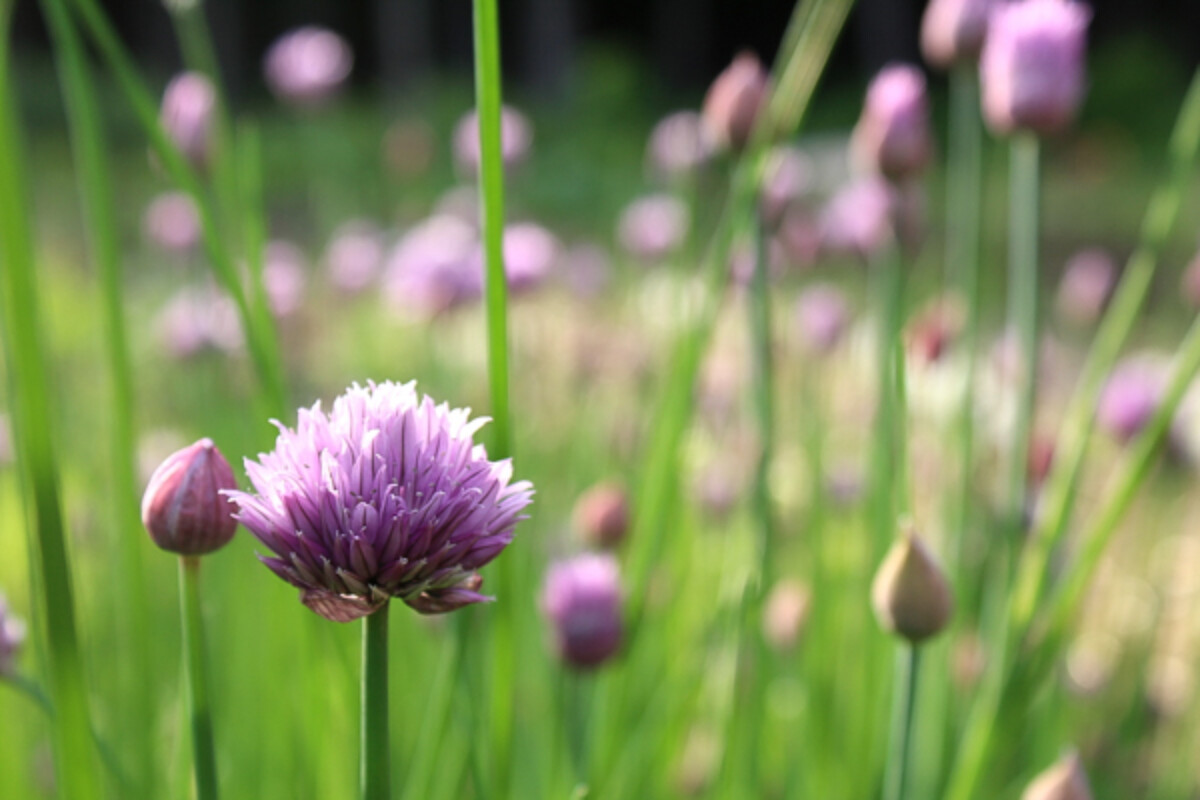
Overwintering Chives
Chives are hardy in USDA zones 3–9, making them cold-tolerant and able to survive most winters outdoors. If you live in a cold climate, chives will die back in winter but can be mulched to protect the roots. Alternatively, you can bring potted chives indoors before the first frost and place them in a sunny window for the winter.
In milder climates, chives may remain evergreen throughout the winter months, continuing to grow at a slower pace. Just reduce watering in the colder months as the plant goes into dormancy.
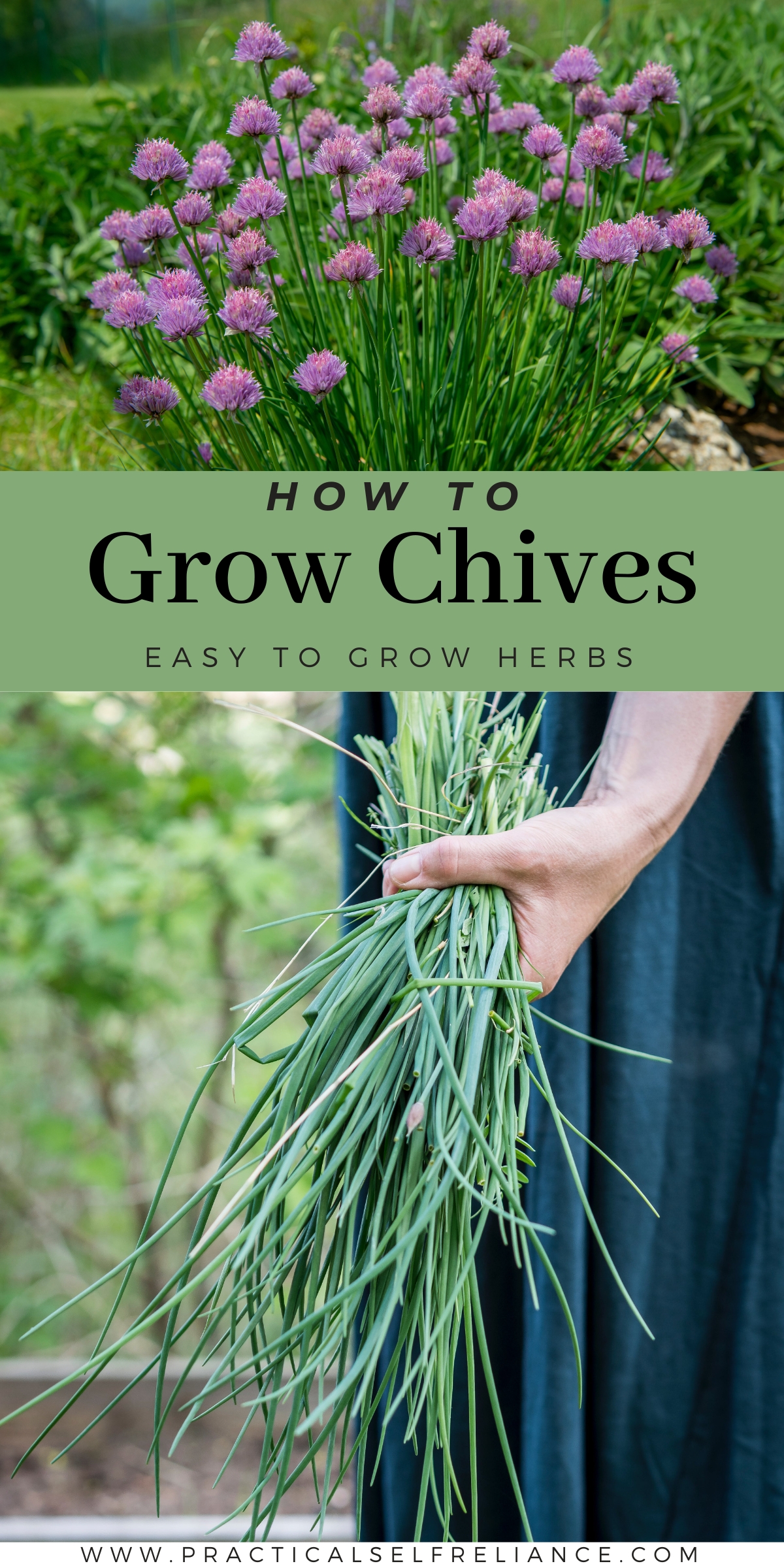


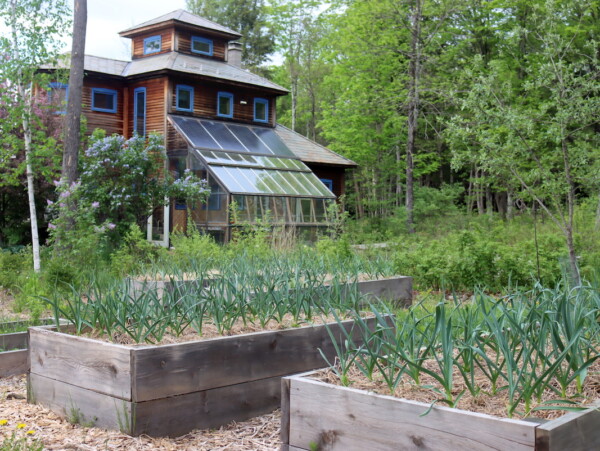
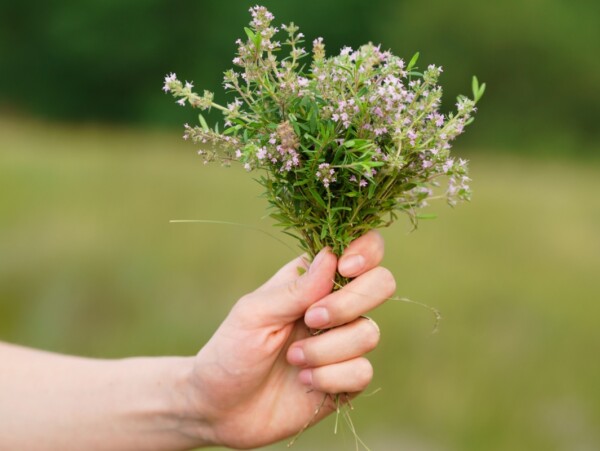










What type of chives are these? There are lots of varieties and i like these..thank you!
I’m not sure what variety these are. What is it that you like about them?
You should have show’en a picture of the Bulbs that grow under ground, that would have been help full to Identify them with. if you don’t know what Chives look like. before they Bloom.